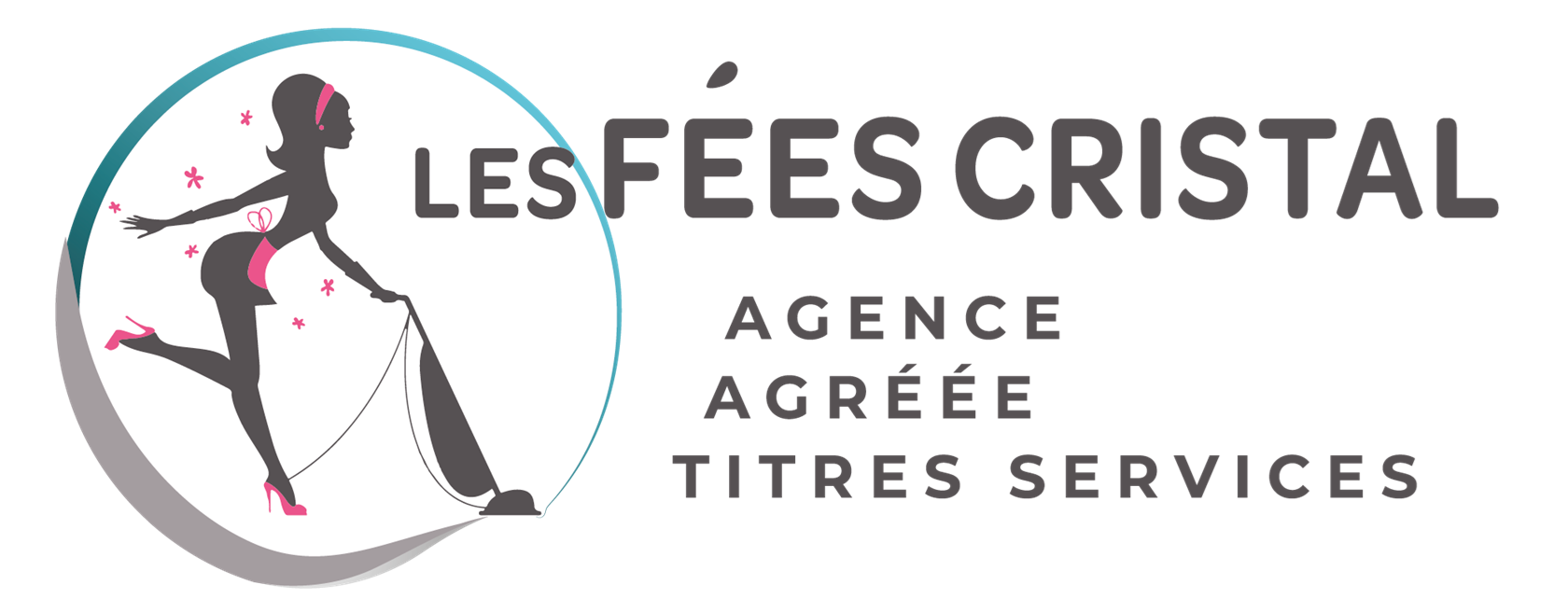Les Fées Cristal : un coup de baguette magique pour votre quotidien.
Des services sur mesure pour un intérieur impeccable et un quotidien simplifié.
NOS SERVICES
Notre agence vous propose un service d'aide au ménage, complet et de qualité, avec des prestataires consciencieux, formés et motivés, soutenus par une équipe administrative efficace et réactive.
À propos de nous
Les fées cristal agence agréée Titres Services à Mons depuis 2009
Chez Les Fées Cristal, la propreté est notre passion. Nous comprenons que ce n’est pas une tâche appréciée de tous, mais nous savons à quel point un environnement propre et soigné peut transformer votre quotidien. C’est pourquoi nous mettons tout notre savoir-faire et notre énergie à votre service, avec le sourire et une attention minutieuse. Chaque espace que nous nettoyons est traité comme si c’était le nôtre : avec respect, soin et un souci constant de l’excellence. Votre satisfaction est notre plus belle récompense."
Clients satisfaits
« Ma maison est impeccable, de semaine en semaine. Les Fées Cristal est une société fiable. Nous l'avons recommandée à nos amis, ils en sont tous satisfaits. Nous ne travaillerons avec personne d'autre ! »
Hélène S.
« Mon mari et moi-même sommes très satisfaits. Notre domicile est très propre et notre aide-ménagère s'adapte toujours à nos demandes particulières. Je suis ravie de pouvoir faire confiance aux Fées Cristal. »
Nora M.


